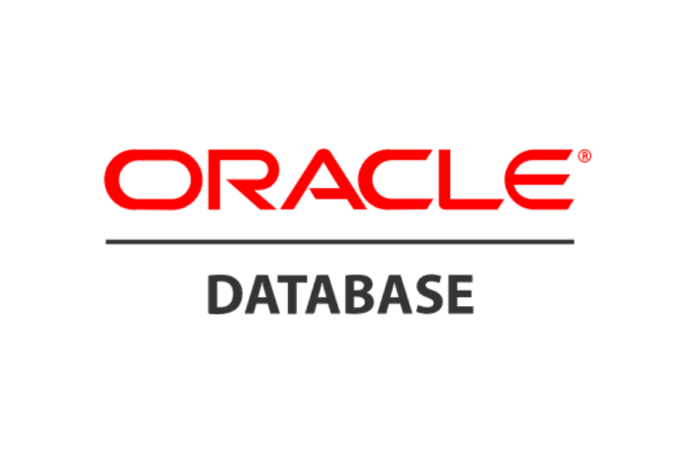
The following picture illustrates segments, extents and data blocks within a tablespace:Īnd the next figure shows the relationship between logical and physical storage structures: Database InstanceĪ Database Instance is an interface between client applications (users) and the database. Each tablespace consists of at least one data file. A tablespace is a logical container for a segment. Tablespaces: a database is divided into logical storage units called tablespaces.Segments: a segment is a set of extents allocated for storing database objects, e.g., a table or an index.Extents: An extent is a specific number of logically contiguous data blocks used to store the particular type of information.Data blocks are also referred to as logical blocks, Oracle blocks or pages. Data blocks: a data block corresponds to a number of bytes on the disk.The following are logical storage structures in an Oracle Database: Oracle Database uses a logical storage structure for fine-grained control of disk space usage.

An online redo log is made up of redo entries that record all changes made to the data.īesides these files, an Oracle database includes other important files such as parameter files, network files, backup files, and archived redo log files for backup and recovery.

When you start an instance, the next step is to mount that instance to a database. Second, an instance can access only one database at a time. This is how you create a database, starting an instance first and creating the database from within the instance. However, it is important to understand the distinctions between the two.įirst, you can start a database instance without having it accessing any database files. Sometimes, a database instance is referred to as an entire running database. The following picture illustrates the Oracle Database server architecture. Database and InstanceĪn Oracle Database consists of a database and at least one instance.Īn instance, or database instance, is the combination of memory and processes that are a part of a running installation and a database is a set of files that store data. Oracle Database is commonly referred to as Oracle RDBMS or simply Oracle. Oracle Database is an object-relational database management system developed and marketed by Oracle Corporation. Summary: in this tutorial, you will learn about the Oracle Database architecture and its components.


 0 kommentar(er)
0 kommentar(er)
